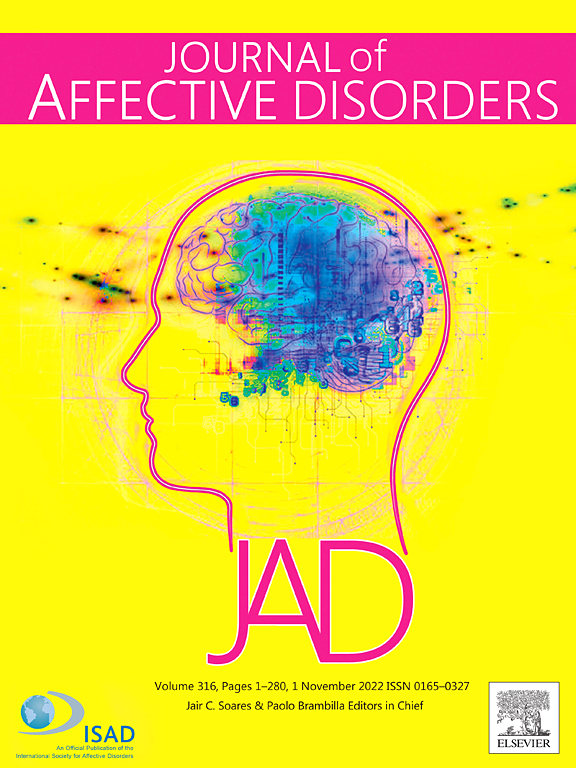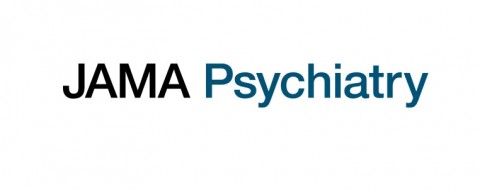Neurobiologically Based Stratification of Recent-Onset Depression and Psychosis: Identification of Two Distinct Transdiagnostic Phenotypes
Neurobiologically Based Stratification of Recent-Onset Depression and Psychosis: Identification of Two Distinct Transdiagnostic Phenotypes Paris Alexandros Lalousis, … Christina Andreou 2022, Biological Psychiatry DOI: doi.org/10.1016/j.biopsych.2022.03.021 Abstract Identifying neurobiologically based transdiagnostic categories of depression and psychosis may elucidate heterogeneity and provide better candidates for predictive modeling. We aimed to identify clusters across patients with recent-onset depression (ROD) and recent-onset psychosis […]






